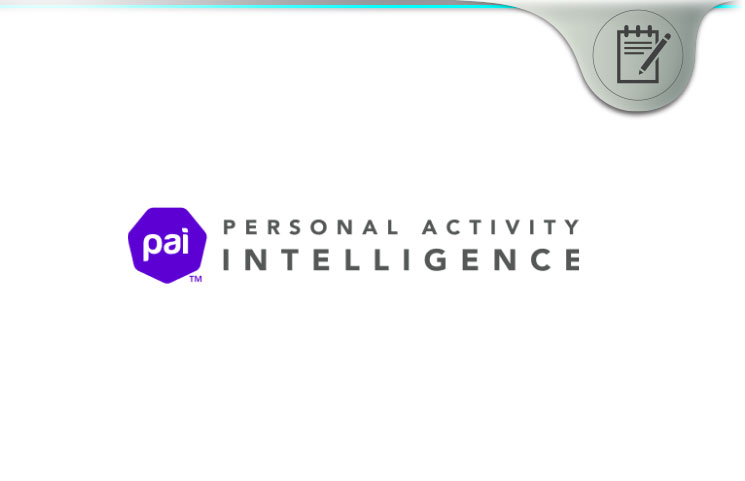Ever wonder how personal trainers assess how much exercise is required by consumers? Can too much or too little exercise negatively impact one’s results? When consumers are inspired to start their respective fitness journeys, there are many factors that one may have considered including diets, trainings and extra activities.
Unfortunately, training too little might not bring desirable results, whereas too much training might leave one feeling sore and recovering slowly. Luckily, the confusions are said to disappear with the use of PAI.
By incorporating PAI Health in one’s training regimen, consumers are believed to be provided with appropriate exercises that meets one’s fitness levels, evaluation on how consumers have done for the week, ensures one pushes to their limits and can continuously motivate one towards success.
To better understand how a simple device can regulate one’s wellness, the following review will breakdown the PAI in terms of its purpose, works, and the science behind its potential.
What is PAI Health?
PAI Health or the personal activity intelligence is a scientific-based metric system that has been designed with the intentions of providing clear and easy-to-understand numerical data that can help one manage their health.
A majority of existing apps have simply focused on delivering a one-size fits all program. The key concern is that consumers of all levels cannot necessarily benefit from it. In addition, not being able to assess whether 15 minutes are enough or 20 minutes are required, makes it just as hard to achieve desirable results. Hence, PAI can provide consumers with all the necessary information that can help one push to his or her limit, as a number can finally be placed on it.
How Does It Work?
PAI Health works on a PAI score system, where it analyzes one’s personal profile and heart rates, collected on a weekly basis, during physical activities. The ultimate goal is to ensure that one can eventually attain a score of 100 PAI, which is said to be normal. The uniqueness behind PAI is the fact that each individual’s ability to reach 100 is different and can get harder as one starts improving overtime. Ideally, 50 PAI is believed to a reasonable goal, as it is equivalent to attaining 60% of one’s set goals.
In terms of its uses, consumers must set up their respective profiles via the PAI app and get hold of the PAI wearable device. The two are believed to work in unison, as the wearable is responsible for collecting data, whereas the app uses the data to provide consumers with their individualized programs.
What Can Be Said About the Science Behind PAI Health?
The foundation of PAI is its PAI algorithm, which has been validated by recognized health studies that includes the evaluations of over 45,000 people within 25 years. Further research has proven that achieving a score of 100 PAI reduces one’s chances of a cardiovascular disease by 25%. Furthermore, it can potentially increase one’s lifeline by an average of 5 years.
PAI Health Review Summary
Overall, PAI Health is an innovative idea that allows consumers to efficiently work towards their goal. Unlike most programs that are created for the general population, PAI ensures that each individual continues to push him or herself while training. While 50PAI is said to be a reasonable starting point, as consumers continue their fitness journey, they will find it extremely tough to attain a score of 100PAI.
PAI Health is said to be based off of a concept called the laws of diminishing returns. When consumers put in a certain level of efforts, they are likely to attain positive results, but with every additional input, results may be neither easy to achieve nor desirable as it once used to be.
This is not done to demotivate consumers, but rather to challenge them every step of the way. Finally, consumers can get a taste of the real world, as nothing comes easy. In addition, one’s focus will be directed towards earning points, which, without one’s realizations, can result in a healthier self.
Most importantly, consumers can potentially acquire useful knowledge in terms of what the metric system indicates about one’s health, as opposed to simply being provided with them. For more information on how to get hold of the PAI system, check out: http://www.paihealth.com.









